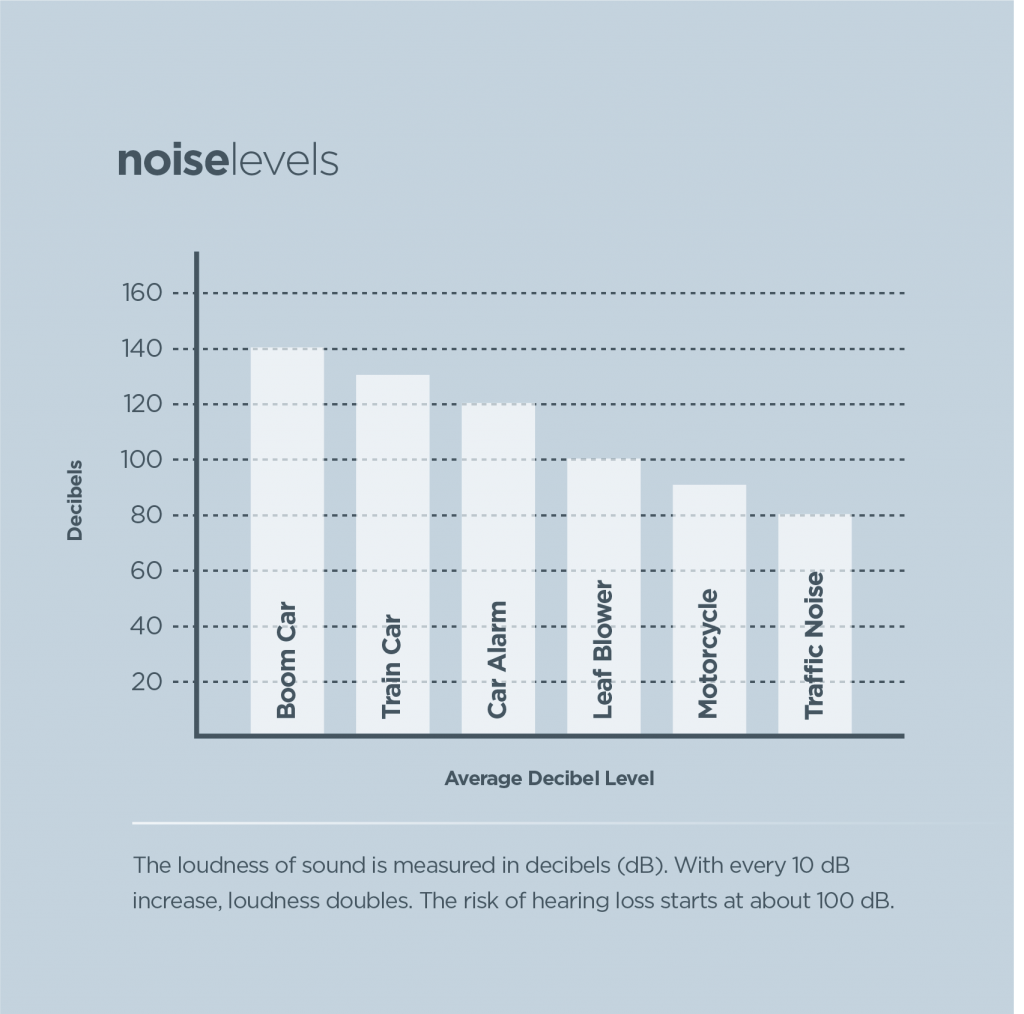One Of The Most Effective Pressure Washing Approaches For Various Surfaces
One Of The Most Effective Pressure Washing Approaches For Various Surfaces
Blog Article
Authored By-Bryant Vincent
When it pertains to pressure cleaning, the method you pick can make all the distinction in accomplishing a clean, streak-free coating. You may discover that difficult surface areas, like concrete, require a different method than softer materials, such as wood or vinyl. It's necessary to adapt your methods to the surface area type to stop damages while optimizing cleansing performance. So, what are the most effective methods for each and every surface, and just how can you guarantee you're utilizing the appropriate settings and devices for the task? Let's discover what you need to know to obtain the best results.
Hard Surfaces
When it pertains to pressure washing tough surface areas, preparation is essential. Prior to you also consider pulling out the pressure washer, make the effort to get rid of the area of any debris, furnishings, or barriers. You do not want anything getting in your means or possibly destructive your devices.
Next, check the surface area for any type of cracks or damage; this will certainly help you figure out the right strategy and pressure settings.
As soon as you've prepared the area, it's necessary to select the ideal nozzle. For tough surfaces like concrete or block, a narrow nozzle (15 or 25 degrees) functions best to provide a focused stream of water that can properly get rid of crud and discolorations. Always start at a distance and progressively relocate closer to stay clear of any surface damage.
As you start cleaning, keep the stick moving to prevent streaks and over-saturation. It's additionally useful to function from the top down, enabling dust and debris to wash away normally.
Finally, keep in mind to rinse the surface area extensively after cleansing to remove any kind of leftover detergent. With these techniques, you'll attain a clean and refreshed look on all your difficult surface areas.
Soft Surfaces
Pressure cleaning soft surface areas requires a gentler method to secure them from damage. Whether you're cleansing your deck, patio area furniture, or house siding, using excessive stress can lead to damages, scrapes, or even permanent injury.
Begin by choosing a low-pressure nozzle, ideally a 25-degree or larger spray pattern, to disperse the water more carefully.
Prior to you start, it's vital to pre-treat any stains with an appropriate cleaning solution. This step enables the cleaner to pass through the dirt and grime, making it much easier to wash away without rubbing too hard.
Always apply the service from the bottom approximately avoid streaking.
When you begin stress washing, keep a range of a minimum of 12 to 18 inches from the surface area. Relocate your stick in a sweeping movement, keeping it parallel to the surface area to prevent concentrated pressure on one place.
Wash the area extensively after cleansing to remove any type of residual cleanser.
Last but not least, examine the surface for any missed out on areas and repeat the process if needed. By window washing company to these steps, you can effectively tidy soft surfaces while preserving their honesty and appearance.
Specialized Surfaces
Cleaning up soft surfaces requires care, yet specialty surface areas demand even more attention to detail. When you take on these surface areas, like delicate timber, stained concrete, or certain kinds of house siding, utilizing the appropriate pressure washing techniques is crucial to prevent damage.
First, evaluate mouse click the up coming web site . For instance, treated timber can commonly withstand moderate pressure, but softer woods like cedar might require a reduced setup. Always start with the lowest stress and gradually increase if needed.
For stained concrete, use a fan spray nozzle and keep a consistent distance to stop engraving the surface.
When dealing with surface areas like vinyl exterior siding or repainted surfaces, a wide spray pattern aids distribute the pressure uniformly, safeguarding the surface.
It's also important to use detergents specifically designed for specialized surface areas. They can boost cleansing without jeopardizing the product.
Rinse thoroughly after cleaning to remove any residue, as it can bring about discoloration or deterioration gradually.
Verdict
In conclusion, mastering stress cleaning techniques for various surface areas can make all the difference in your cleaning outcomes. For hard surfaces, adhere to slim nozzles and a top-to-bottom method, while soft surface areas require a gentler touch with larger nozzles. Don't forget to pre-treat stains and wash completely to avoid residue. By adapting your methods to every product, you'll not just attain a cleaner finish yet likewise shield the honesty of your surface areas. charleston gutter guards cleansing!
